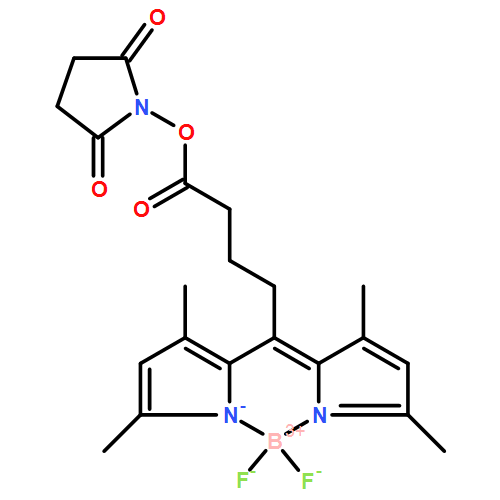Abstract
Protein modification with isoprenoid lipids affects hundreds of signaling proteins in eukaryotic cells. Modification of isoprenoids with reporter groups is the main approach for the creation of probes for the analysis of protein prenylation in vitro and in vivo. Here, we describe a new strategy for the synthesis of functionalized phosphoisoprenoids that uses an aminederivatized isoprenoid scaffold as a starting point for the synthesis of functionalized phosphoisoprenoid libraries. This overcomes a long-standing problem in the field, where multistep synthesis had to be carried out for each individual isoprenoid analogue. The described approach enabled us to synthesize a range of new compounds, including two novel fluorescent isoprenoids that previously could not be generated by conventional means. The fluorescent probes that were developed using the described approach possess significant spectroscopic advantages to all previously generated fluorescent isoprenoid analogue. Using these analogues for flow cytometry and cell imaging, we analyzed the uptake of isoprenoids by mammalian cells and zebrafish embryos. Furthermore, we demonstrate that derivatization of the scaffold can be coupled in a one-pot reaction to enzymatic incorporation of the resulting isoprenoid group into proteins. This enables rapid evaluation of functional groups for compatibility with individual prenyltransferases and identification of the prenyltransferase specific substrates.
